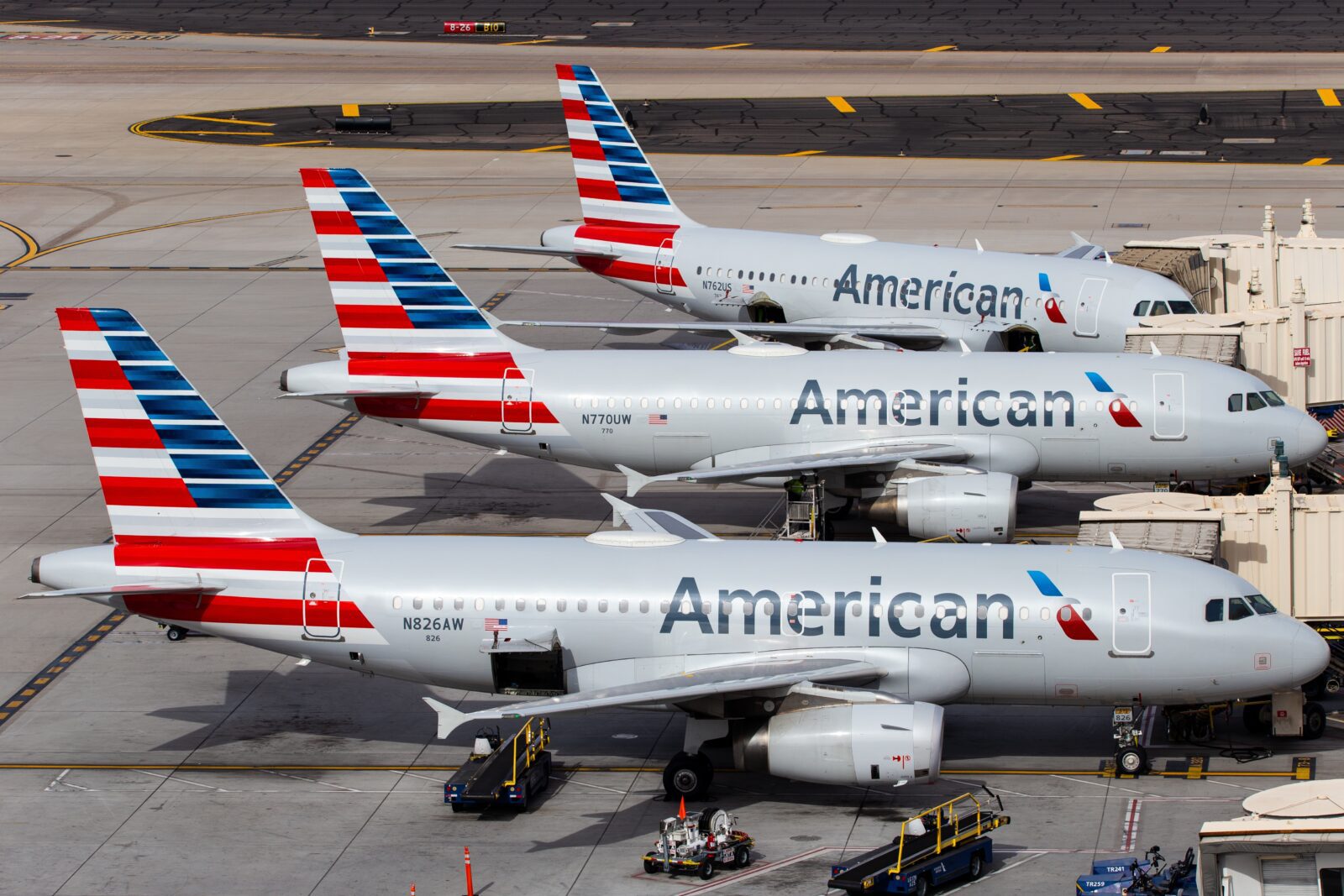
American Airlines has told flight attendants that they no longer have the power to unilaterally decide to have passengers booted from flights for non-safety or security-related concerns following a recent spate of alleged discriminatory behavior by its employees.
The policy change followed an internal review of a controversial incident in which a flight attendant allegedly ordered eight unrelated Black male passengers off an American Airlines flight over a false claim that they all had ‘offensive’ body odor.
The incident made international headlines in June when three of the men filed a lawsuit against the Fort Worth-based carrier, accusing the airline of “blatant and egregious race discrimination” following the January 5 incident on flight 832 from Phoenix to New York JFK.
In the wake of the lawsuit, the NAACP threatened to reinstate a travel advisory against American Airlines, which would have warned Black Americans not to travel on the company’s planes due to the risk of being discriminated against due to their color.
American’s CEO Robert Isom quickly intervened and set up a new ‘excellence and advisory group’ to improve the travel experience for Black customers, promising a full review of policies and protocols to avoid a repeat incident.
As highlighted by View from the Wing, that review has now concluded that flight attendants should no longer have the power to have passengers kicked off flights unless they pose a safety or security risk.
“We have a shared mission at American Airlines,” an internal memo explained. “Every day and on every flight, we strive to cultivate a sense of community and provide a travel experience where everyone feels welcomed.”
“Over the past few months, operational groups from across the company, including Airports, Flight, Inflight, and IOC [Intergrated Operations Center], re-evaluated our policies and procedures and reviewed our operational manuals.”
The memo explains that American Airlines should strive to carry every passenger booked on a flight unless they pose a safety or security risk, and that discrimination is “unacceptable and will not be tolerated at American Airlines.”
To prevent accusations of discrimination, flight attendants should only get involved in non-safety or security-related customer concerns if another passenger has highlighted an issue. In other words, flight attendants can not intervene in a minor issue involving, for example, what a passenger is wearing unless another customer complains.
Even then, flight attendants should aim to de-escalate the situation in order to keep “all customer travel intact,” and the final decision to deplane a passenger will now rest with a specialist agent known as a Customer Resolution Officer.
“No matter the path, handling these types of issues with respect, discretion, care, and empathy is critical to the solution,” the airline has told flight attendants in the memo. “How we make our customers feel and the perception we leave them with matters, and we all play an important role in that.”
This is a pretty major change by American Airlines, and the obvious hope of senior leaders is that the new policy will lead to a significant drop in any accusations that the carrier’s employees are discriminating against passengers.
Although the policy shift will come as a big change for AA’s flight attendants, the new directive largely brings American Airlines in line with Delta and United Airlines, who have urged its crewmembers to concentrate on de-escalating incidents for some time.
Of course, in the case of United Airlines, the focus on de-escalation only came about following the infamous Dr David Dao incident, which left the physician bruised, bloodied, and battered when he was dragged off a United Airlines plane by private security guards.
Related
Mateusz Maszczynski honed his skills as an international flight attendant at the most prominent airline in the Middle East and has been flying ever since... most recently for a well known European airline. Matt is passionate about the aviation industry and has become an expert in passenger experience and human-centric stories. Always keeping an ear close to the ground, Matt's industry insights, analysis and news coverage is frequently relied upon by some of the biggest names in journalism.







